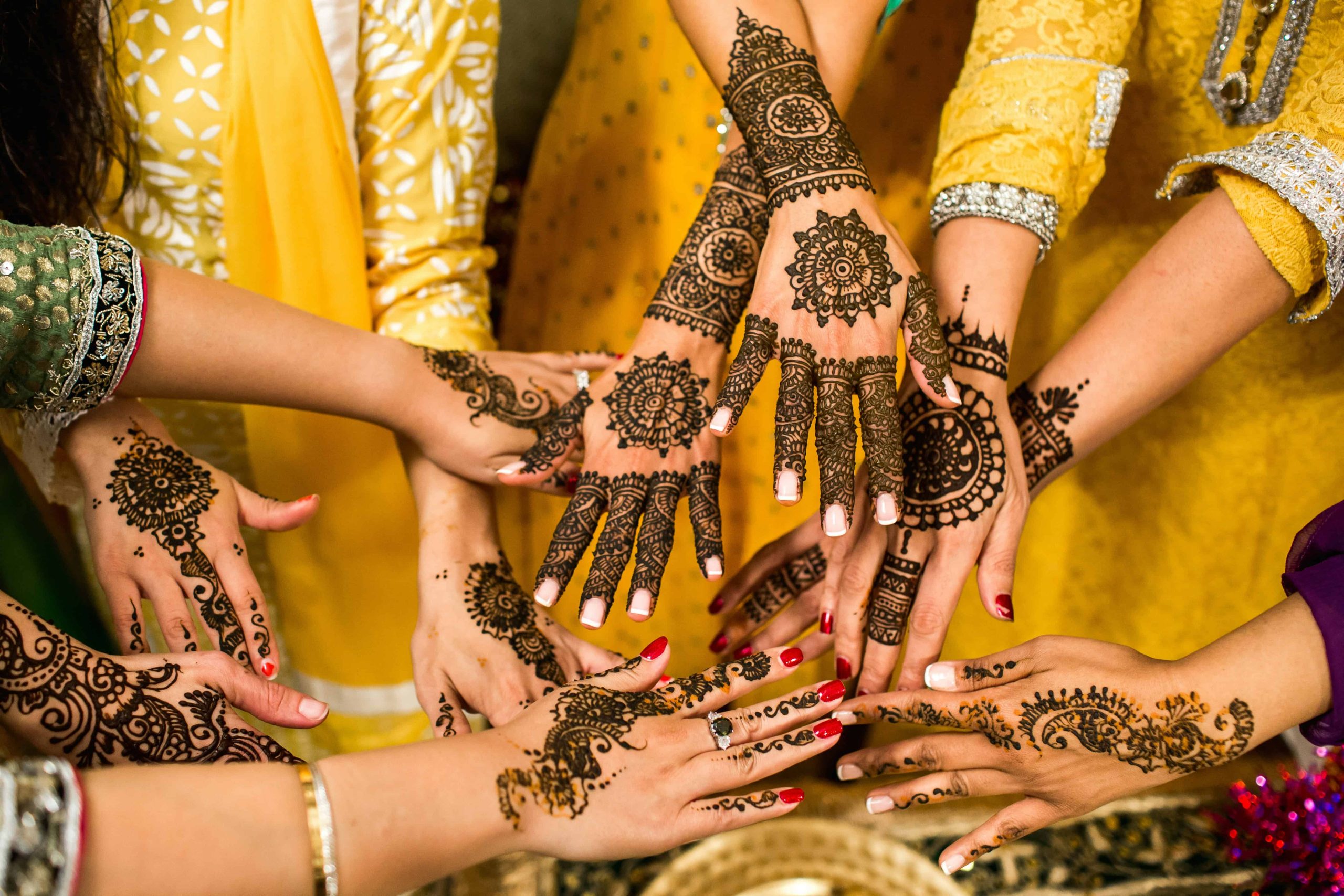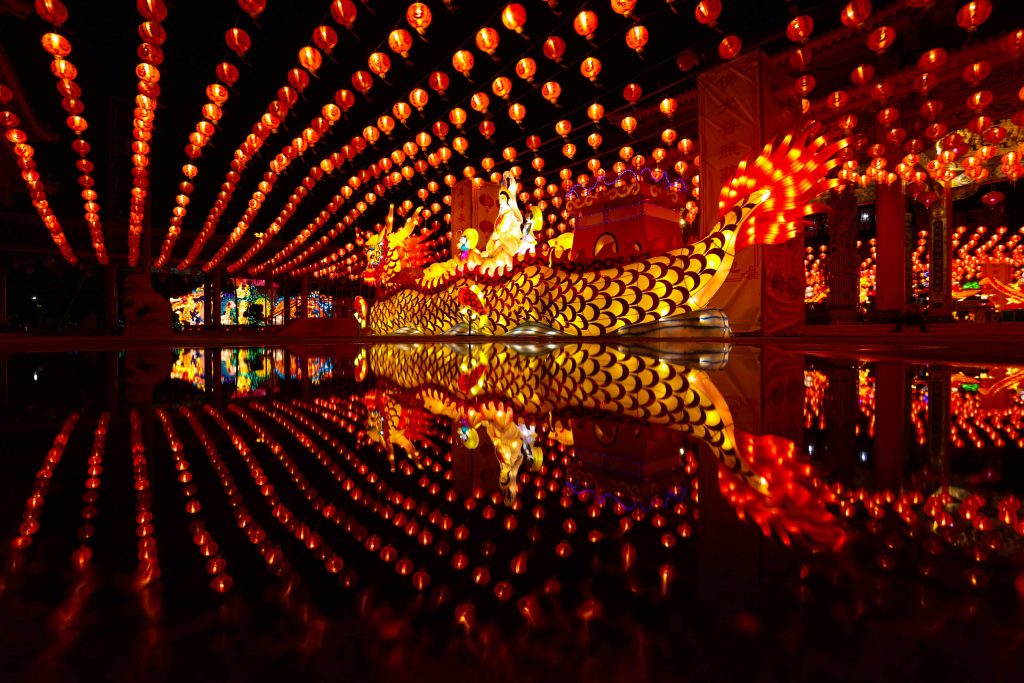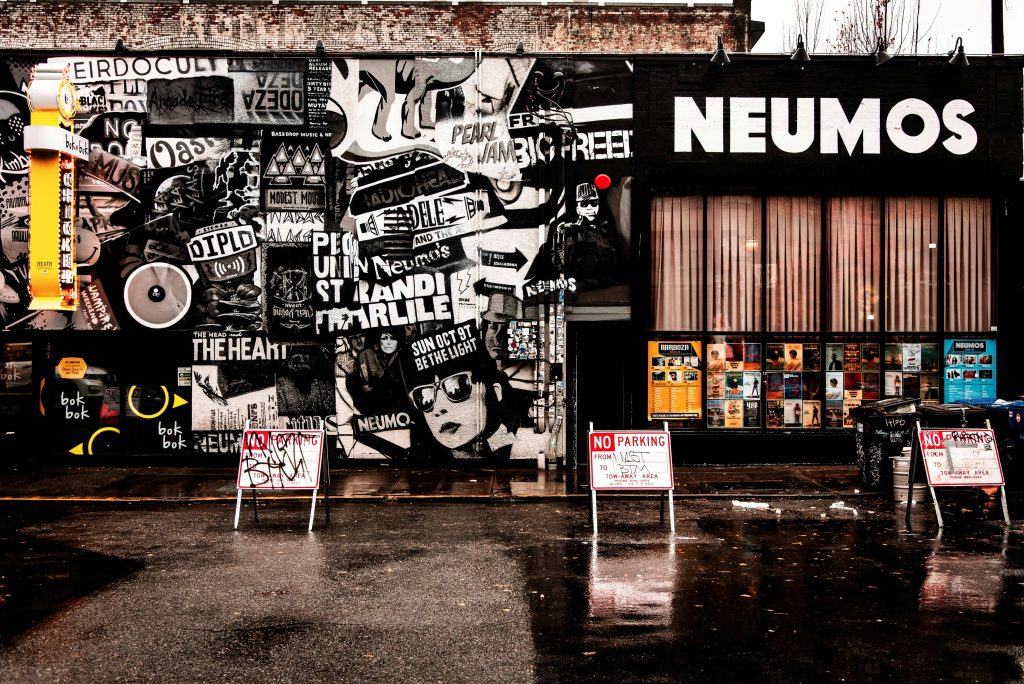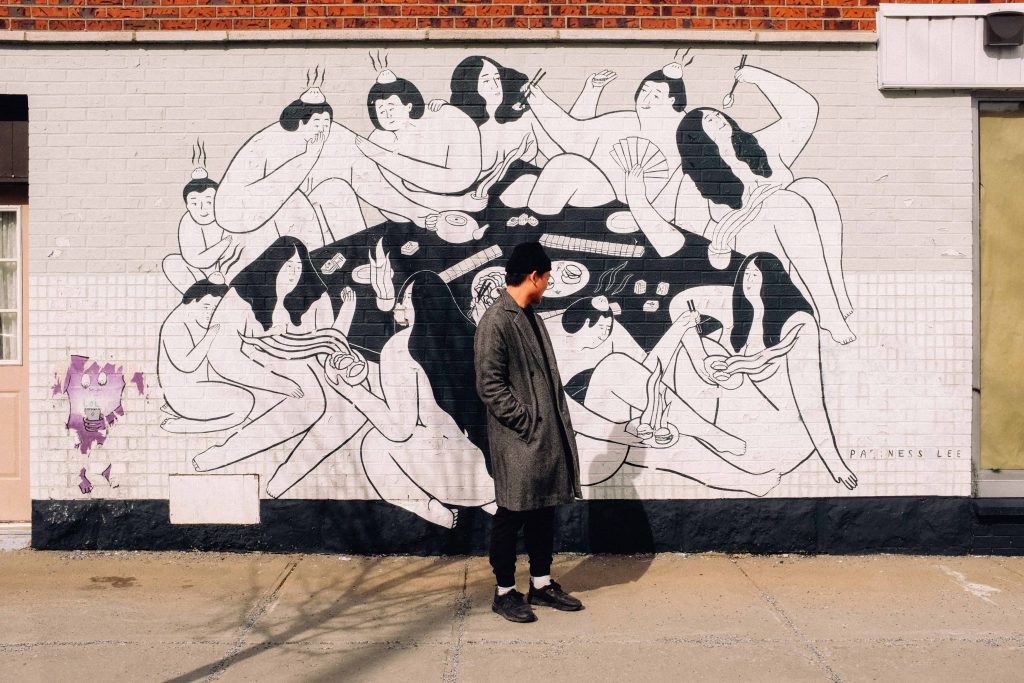
19 Jul Public Art Initiatives for Cultural Dialogue
Building Bridges with Brushes: Public Art and Cultural Dialogue
In today’s diverse and interconnected world, the significance of public art in fostering cultural dialogue cannot be overstated. From bustling city centers to quiet suburban neighborhoods, public art serves as a powerful catalyst for sparking conversations, challenging perspectives, and promoting understanding among communities. In this article, we delve into the transformative role of public art initiatives in nurturing cultural dialogue and explore notable examples that exemplify this impactful phenomenon.
Public art, encompassing a myriad of forms including sculptures, murals, and installations, plays a pivotal role in shaping the identity and vibrancy of our communities. Beyond mere aesthetic appeal, it serves as a dynamic medium for expressing shared values, histories, and aspirations. At its core, public art embodies the essence of cultural dialogue—a process of exchange and interaction that fosters empathy, respect, and appreciation for diverse perspectives.

Public Art as a Catalyst for Dialogue
Sparking Conversations
Public art has the remarkable ability to ignite conversations on pressing social issues, confront ingrained biases, and challenge prevailing narratives. By provoking thought and eliciting emotional responses, it encourages individuals to engage critically with their surroundings and reevaluate their preconceptions.
Elements of Successful Dialogue-Driven Public Art
Successful dialogue-driven public art initiatives are characterized by their inclusive and participatory nature. They prioritize community engagement throughout the creative process, ensuring that diverse voices are heard and represented. Moreover, they incorporate interactive elements that invite viewers to actively participate and contribute to the dialogue. By fostering accessibility and open interpretation, these initiatives create inclusive spaces where individuals from all walks of life can engage meaningfully with the artwork.

Showcasing Public Art Initiatives
“Unity in Diversity” Mural Project
The “Unity in Diversity” mural project, situated in the heart of downtown, exemplifies the transformative power of public art in fostering cultural dialogue. Led by local artists in collaboration with community members, this initiative celebrates the rich tapestry of cultural heritage that defines our city. Through vibrant colors and poignant imagery, the mural serves as a visual testament to the values of inclusivity, tolerance, and solidarity.
“Voices of Resilience” Sculpture Installation
In response to recent social unrest, the “Voices of Resilience” sculpture installation emerged as a beacon of hope and resilience in our community. Conceived as a collaborative effort between artists and activists, this interactive installation invites viewers to share their stories of adversity and triumph. By amplifying marginalized voices and acknowledging shared struggles, it fosters empathy and understanding among diverse communities.

Conclusion
In conclusion, public art stands as a powerful tool for bridging cultures, fostering empathy, and promoting social cohesion. By engaging with the rich tapestry of artistic expression that surrounds us, we can transcend boundaries, challenge stereotypes, and cultivate a more inclusive society. As we navigate the complexities of an increasingly globalized world, let us embrace the transformative potential of public art in nurturing cultural dialogue and building bridges of understanding.
Key Takeaways
- Transformative Power of Public Art: Public art initiatives play a vital role in fostering cultural dialogue by sparking conversations, challenging perspectives, and promoting understanding among communities.
- Inclusive and Participatory Nature: Successful dialogue-driven public art initiatives prioritize community engagement throughout the creative process, ensuring diverse voices are heard and represented. They incorporate interactive elements to invite active participation and contribute to the dialogue.
- Examples of Impactful Initiatives: Projects like the “Unity in Diversity” mural and “Voices of Resilience” sculpture installation demonstrate how public art can celebrate cultural heritage, amplify marginalized voices, and foster empathy and solidarity within communities.
- Promoting Social Cohesion: Public art serves as a powerful tool for bridging cultures, fostering empathy, and promoting social cohesion. By engaging with artistic expression, individuals can transcend boundaries, challenge stereotypes, and cultivate a more inclusive society.
- Call to Action: To get involved, individuals can volunteer with local arts organizations, attend community events and exhibitions, and advocate for the inclusion of public art in urban development projects to promote cultural enrichment and community engagement.
FAQs
How does public art foster cultural dialogue?
Public art sparks conversations, challenges perspectives, and promotes understanding among communities. Through sculptures, murals, and installations, it expresses shared values, histories, and aspirations, facilitating cultural exchange.
What are the key elements of successful dialogue-driven public art?
Successful initiatives prioritize community engagement, ensuring diverse voices are heard and represented. They incorporate interactive elements, fostering accessibility and open interpretation, to create inclusive spaces for meaningful engagement.
Can you give examples of impactful public art initiatives?
Certainly. Examples include the “Unity in Diversity” mural project celebrating cultural heritage and the “Voices of Resilience” sculpture installation amplifying marginalized voices. These initiatives showcase how public art promotes social cohesion and nurtures cultural dialogue.
Take your artistic journey to new heights with practical tips and techniques for documenting your work with precision and finesse.

